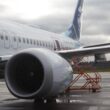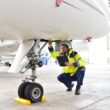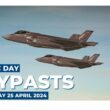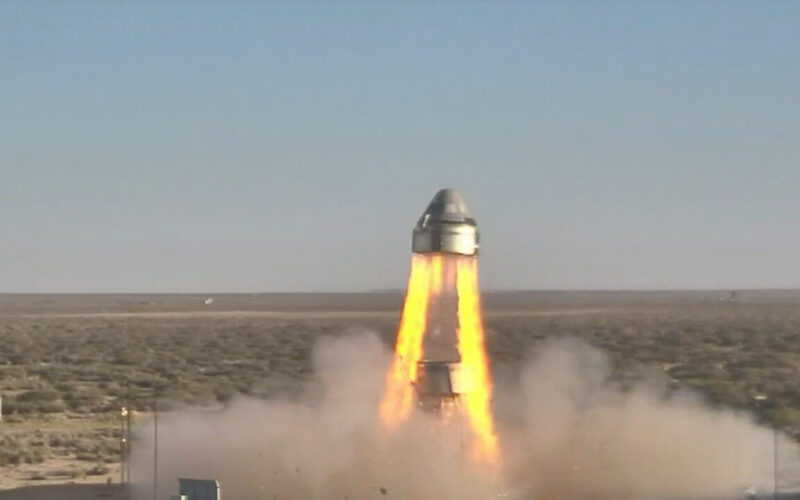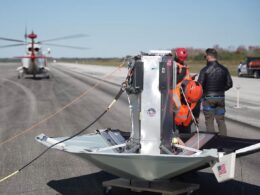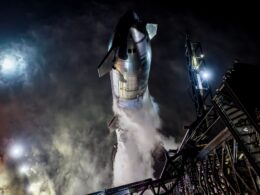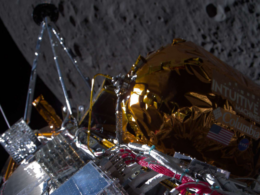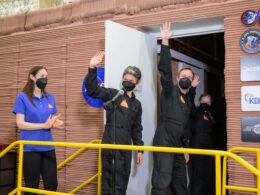Boeing said it successfully achieved an emergency ejection test of its CST-100 Starliner capsule, expected to transport astronauts to the International Space Station (ISS) in the near future. However during the test, one of the three main parachutes failed to open.
The test took place in White Sands Missile Range, New Mexico, on November 4, 2019. It aimed at showcasing the pad abort system built into the capsule. This system is designed to allow the crew capsule to abandon the launcher at any moment, from the launch to the orbital flight, in order to keep astronauts safe.
Sitting on a small launch pad, the capsule fired its four launch abort engines (LAEs), flying for about a mile (1.6 kilometers) in 20 seconds to demonstrate “how fast the system can whisk crews away from danger if necessary”. After that, parachutes deployed to slow down the module’s descent, before it landed on large airbags.
However, only two of the three main parachutes deployed. For NASA, the deployment of only two parachutes “is acceptable for the test parameters and crew safety”. As for Boeing, this does not constitute a failure, but a “deployment anomaly”. The Orbital Flight Test without crew scheduled for December 17, 2019, should not be affected by the anomaly. However, NASA will not allow for a crewed flight before the parachute problem is addressed.
After suspending the space shuttle program in 2011, NASA relied on Russian partner Roscomos “Soyuz” system to send astronauts to the International Space Station (ISS) at the cost of $80 million per seat. But the United States wants to take back independence among the stars. In 2014, NASA asked Boeing and SpaceX to build a spacecraft capable of connecting the Earth with the ISS. The two private companies were initially due to take over in 2017. However, they both met delays due to technical problems during testing. At best, the first inhabited flight should take place during the first quarter of 2020.

